Skin Grafts

Board certified plastic surgeon Dr. Bram Kaufman provides hand surgery to patients in Cleveland, Beachwood, Pepper Pike and Lyndhurst, OH, and surrounding locations.
Why are Hand Skin Grafts Done?
A skin graft is placed over a region of the hand where skin is missing. The common reasons for a skin graft cosmetic surgery procedure are as follows:
- Skin infections
- Large, open wounds
- Deep burns
- Bedsores or other skin ulcers that have not healed well
- Skin cancer surgery
Types of Skin Grafts
There are two basic types of skin grafts:
- Split-thickness grafts
- Full-thickness grafts
Split-Thickness Grafts
A split-thickness graft involves the removal of the uppermost layer of the skin (epidermis) along with a portion of the deeper layer of the skin (dermis). These layers are sourced from the donor site, which is the region where the healthy skin is located. Split-thickness skin grafts are typically taken from the abdomen, front or outer thigh, back, or buttock.
Split-thickness grafts are used to cover substantial areas, and they tend to be delicate and usually have a smooth or shiny appearance. They may also look paler than the surrounding skin. Split-thickness grafts do not grow as readily as ungrafted skin. Therefore, children who get them may require additional grafts as they grow older.
Full-Thickness Grafts
A full-thickness graft involves the removal of all the epidermis and dermis from the donor area. These are typically harvested from the groin, forearm, abdomen, or the region above the collarbone (clavicle). They tend to be smaller fragments of skin, as the donor site from where it is taken is often pulled together and sealed in a straight-line incision with staples or sutures.
Full-thickness grafts are often used for small wounds. These grafts blend in well with the adjacent skin, unlike split-thickness grafts. Full-thickness grafts tend to have a better aesthetic result.
Skin Graft Procedure
This procedure commences with the surgeon removing skin from the donor site. In case the patient is receiving a split-thickness graft, the skin will be taken from an area of their body that is typically hidden by clothing, such as the outside of the thigh or their hip.
If the patient is receiving a full-thickness graft, preferred donor sites include the groin, forearm, abdomen, or the region above the collarbone.
After the skin is removed from the donor site, the surgeon will cautiously place it over the transplant site and secure it with staples, surgical dressing, or sutures. In the case of a split-thickness graft, it may be “meshed.” The surgeon may punch multiple holes in the graft to stretch out the fragment of skin so that they may harvest less skin from the donor site. This also enables fluid to drain from beneath the skin graft.
The surgeon will also cover the donor site with a dressing that will cover the wound without sticking to it. Plastic surgeon Dr. Bram Kaufman receives patients from Cleveland, Beachwood, Pepper Pike and Lyndhurst, OH, and nearby areas for hand surgery.
To learn more about cosmetic treatment and procedures or to schedule a consultation by Cleveland Ohio area plastic surgeon, Dr. Bram Kaufman, please contact us at 1-216-778-2245 or click here.
Now taking new patients in Cleveland OH | Pepper Pike | Beachwood | Lyndhurst and other surrounding areas.
